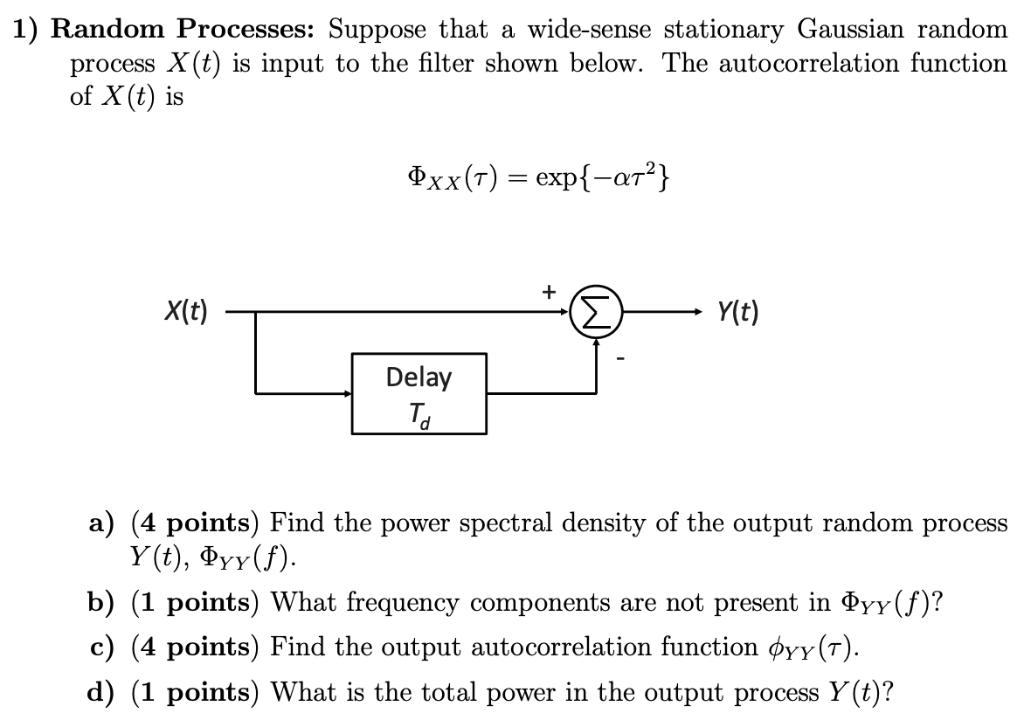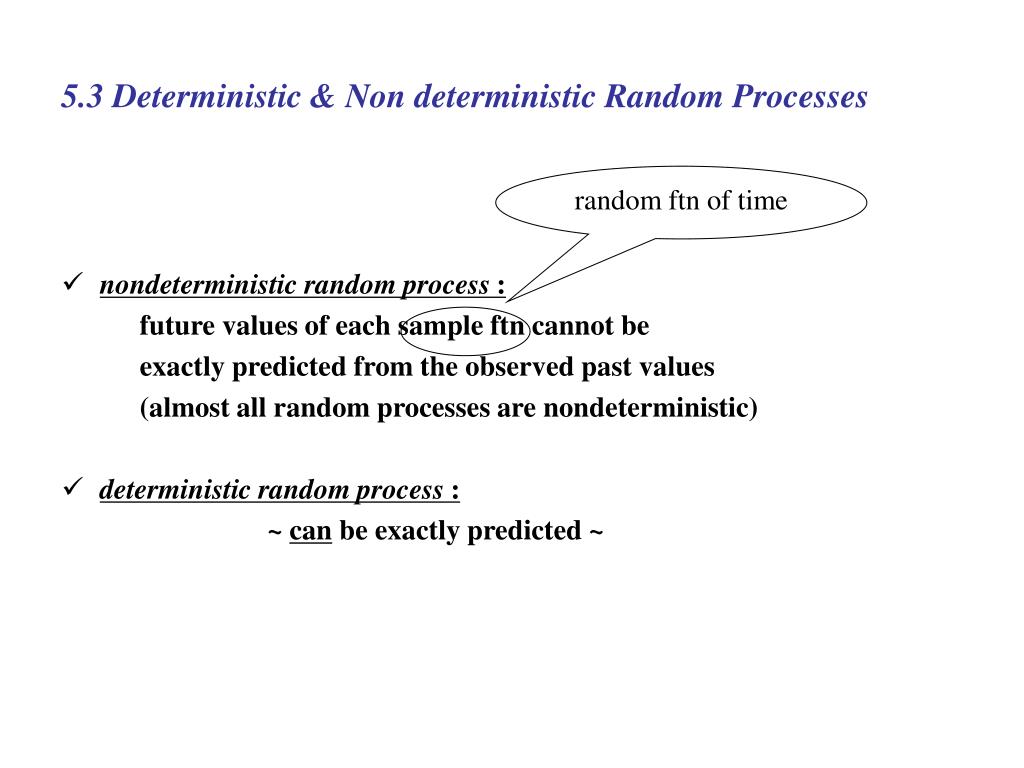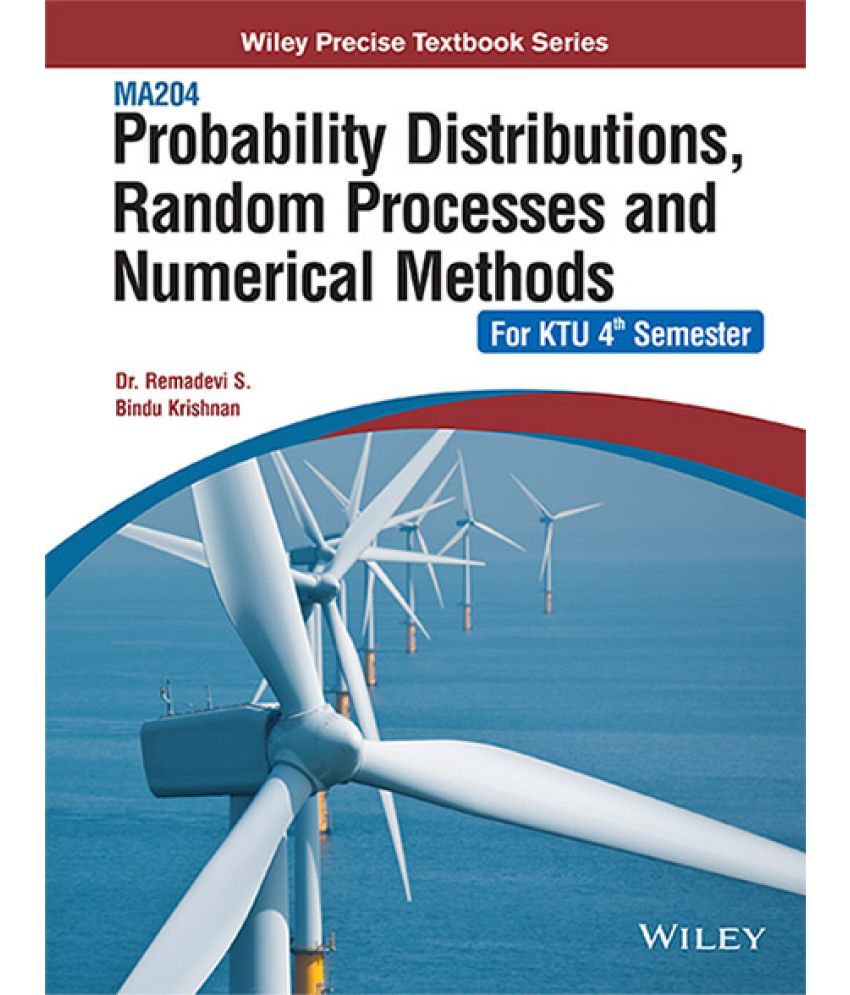

Power spectral density of random process X(t):.The PSD and the auto-correlation function form a Fourier transform pair.Note that the power spectral density is only defined for a stationary random process.A quantity that is related to the auto-correlation function is the power spectral density.Where * represents convolution Power Spectral Density If X(t) is stationary process then X(t) and Y(t) will be jointly stationary with.Let random process X(t) is input to an LTI system having impulse response h(t) and y(t) is output of LTI system then R x,y(t 1, t 2) = R y,x (t 2, t 1) Random Processes and Linear Systems The cross-correlation function between two random processes X(t) and Y(t) is Gubner, Probability and Random Processes for Electrical and Computer Engineers, Cambridge University Press, 2006. The energy content of the random signal is given byįor the case of stationary processes, only the power type process is of theoretical and practical interest. The power content of a random signal X is given by Fourier transform of R xx(τ) gives power spectral density for power signal and energy spectral density for energy signal.R x(0) gives the energy content of the signal (if a signal is an energy signal).

R x(0) gives the power content of a power signal (if the signal is power signal).If m x(t) and R xx (t + τ, t) is periodic with period t, the process is called the cyclostationary process.All strict sense stationary random processes are also WSS, provided that the mean and autocorrelation function exist.R xx (t 1t 2) depends only on the time difference τ = (t 1 – t 2) and not on t 1 and t 2 individually. R xx (t + τ, t) = R xx (τ).m x (t) = E = constant (independent of t).

A process X(t) is called wide-sense stationery (WSS) if the mean function and autocorrelation function are invariant to a time shift.A process X(t) is called strict-sense stationery if the statistics of the process are invariant to a time shift.A random process is considered stationary (in the strict sense) if its specification is independent of time, i.e., if the joint probability density function of its sample values is independent of time.If for some T 0 we have R x(T 0) = R x(0), then for all integers K, R x(KT 0) = R x (0).Ī process whose statistical properties are independent of a choice of time origin is called as a stationary process.The maximum absolute value of R x (τ) is achieved at τ = 0 i.e., | R x (τ)| ≤ R x (0).R x (τ) is an even function i.e., R x (τ) = R x (–τ).R x (τ) is the auto-correction function of stationary process X(t) has the following properties. Discrete-time and discrete amplitude signals: These are functions where both the independent time variable and the amplitude are discrete.Discrete-time and continuous amplitude signals: These are functions of a quantized or discrete independent time variable, while the range of amplitudes is continuous.Continuous-time and discrete amplitude signals: These are a function of a continuous independent variable, time-but the amplitude is discrete. Sub- Gaussian and pre-Gaussian random variables Orlicz spaces of random variables Regularity of sample paths of a stochastic process Pre-Gaussian processes.2.1 Random variables 26 2.2 The law of averages 30 2.3 Discrete and.

The range of the amplitude of the function is also continuous. Probability and Random Processes, Third edition.


 0 kommentar(er)
0 kommentar(er)
